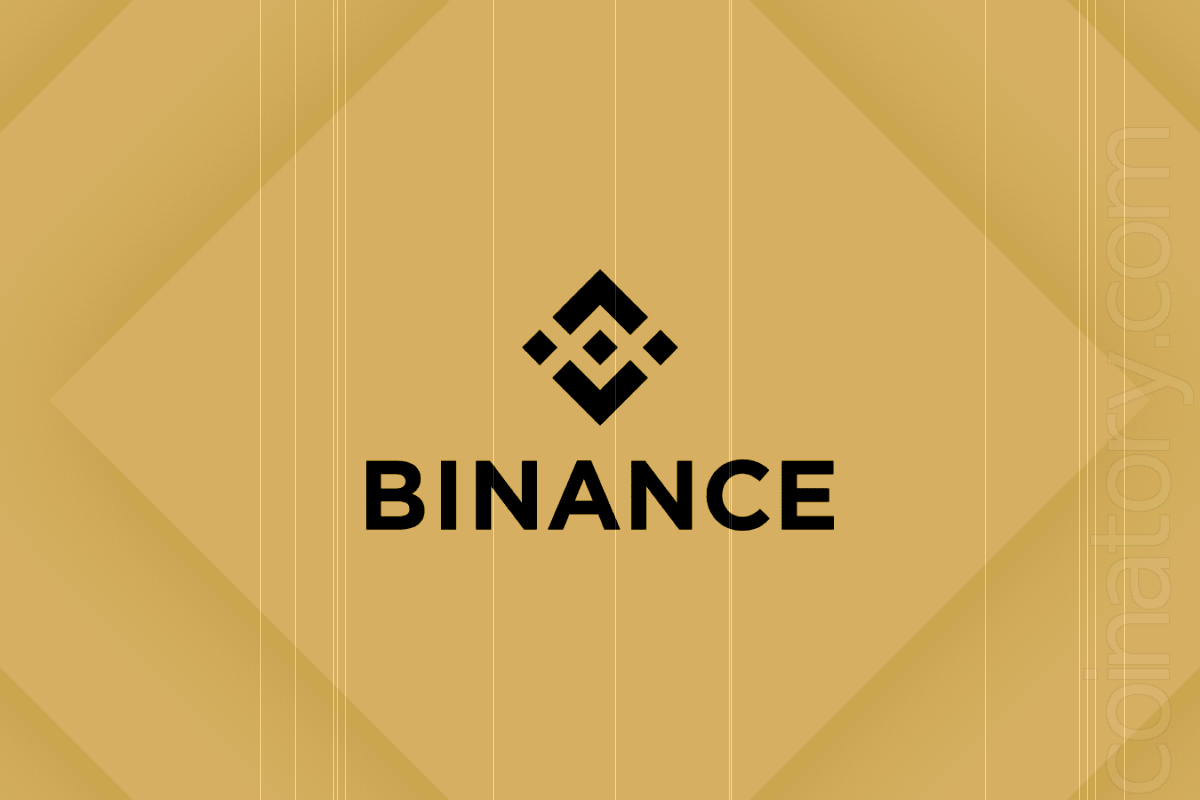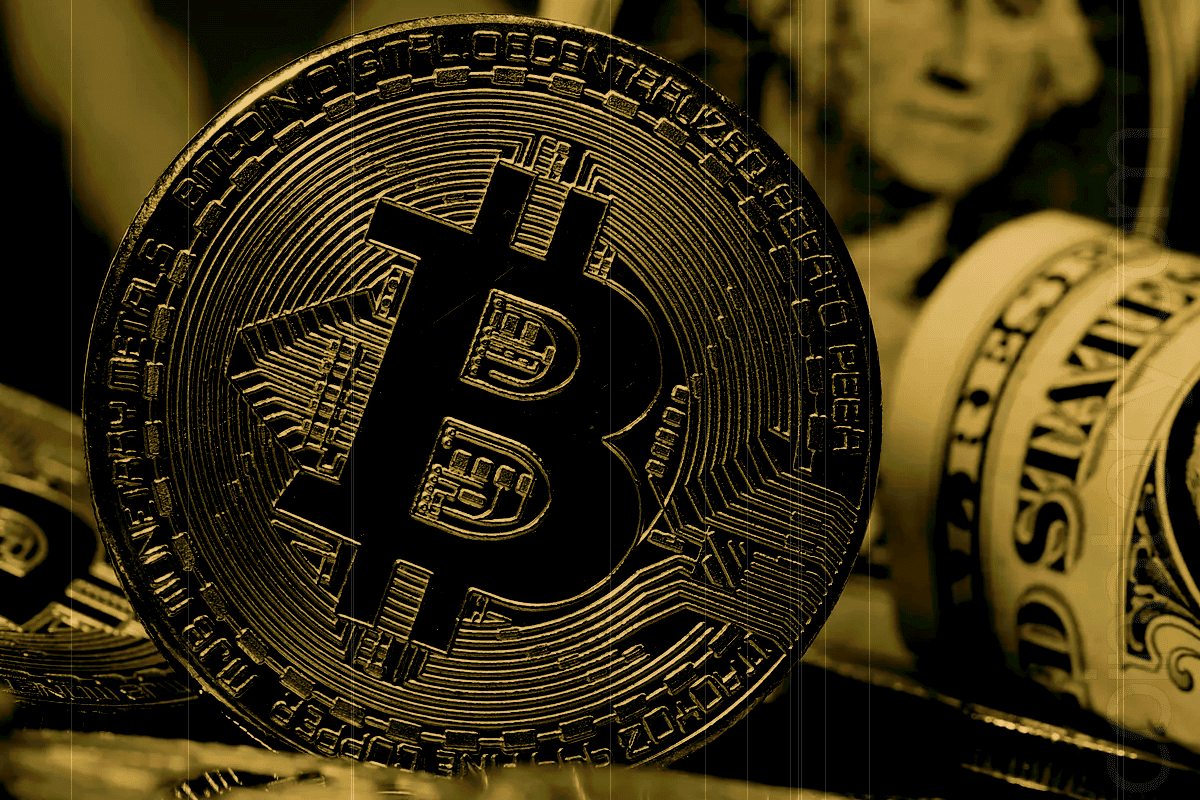
A recent Bloomberg investigation reveals a deep and potentially problematic collaboration between Binance, the world’s largest digital asset exchange, and World Liberty Financial (WLF), the crypto venture linked to former President Donald Trump and his sons.
According to three individuals familiar with the matter, Binance was instrumental in architecting and marketing the code underpinning WLF’s USD1 stablecoin. The digital asset was launched on March 4, marking the start of a closely coordinated development effort .
Shortly thereafter, Abu Dhabi’s MGX investment firm announced a $2 billion infusion into Binance on March 12—settled with an unnamed stablecoin. WLF co‑founder Eric Trump later confirmed these funds were channeled via USD1 .
Remarkably, Bloomberg asserts that approximately 90% of USD1 tokens used in the transaction remain on Binance, likely generating tens of millions in passive interest revenue for the Trump family . This financial mechanics raise pressing concerns about regulatory oversight, conflict of interest, and the intersection of political influence with cryptocurrency capital.
Binance declined to comment directly when approached by media outlets, as did World Liberty Financial . Meanwhile, former Binance CEO Changpeng “CZ” Zhao—who pleaded guilty to one felony in his 2023 settlement with U.S. authorities—has sought a presidential pardon from Trump, stirring further debate over the future role of regulatory forgiveness on managerial reentry .
These unfolding events coincide with legislative momentum in Washington. The so-called GENIUS Act, aimed at regulating payment stablecoins, has passed the Senate with bipartisan support and is pending a House vote. Critics—particularly Democrats—cited Trump’s crypto ties as a reason for delay, though advocacy from Trump’s camp suggests he would quickly sign the bill if sent to his desk unaffected .







